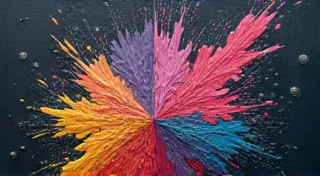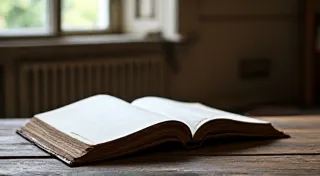A Pen's Penance: The Moral Quandary of Sourcing Rare Writing Instruments
There's a certain melancholy that clings to antique objects, a whisper of lives lived, stories told, and moments etched into their very being. It's particularly acute with writing instruments, especially those of the vintage variety. A fountain pen, more than just a tool for communication, is an extension of the hand, a conduit for thoughts and emotions. Holding a Waterman Ideal from 1928, a Parker Duofold from the 1930s, or a Conway Stewart Churchill, isn't just holding an object; it's connecting with the echoes of the past.
My own fascination with vintage pens began with my grandfather. He wasn't a collector in the structured sense, but he possessed a few treasured Waterman pens, each bearing the patina of age and constant use. He’s gone now, but holding one of those pens, feeling the weight of it in my hand, still evokes a powerful sense of connection to him, and to the era he embodied – an era of handwritten correspondence, thoughtful reflection, and a slower, more deliberate pace of life. This appreciation is what ultimately led me to the world of pen repair.
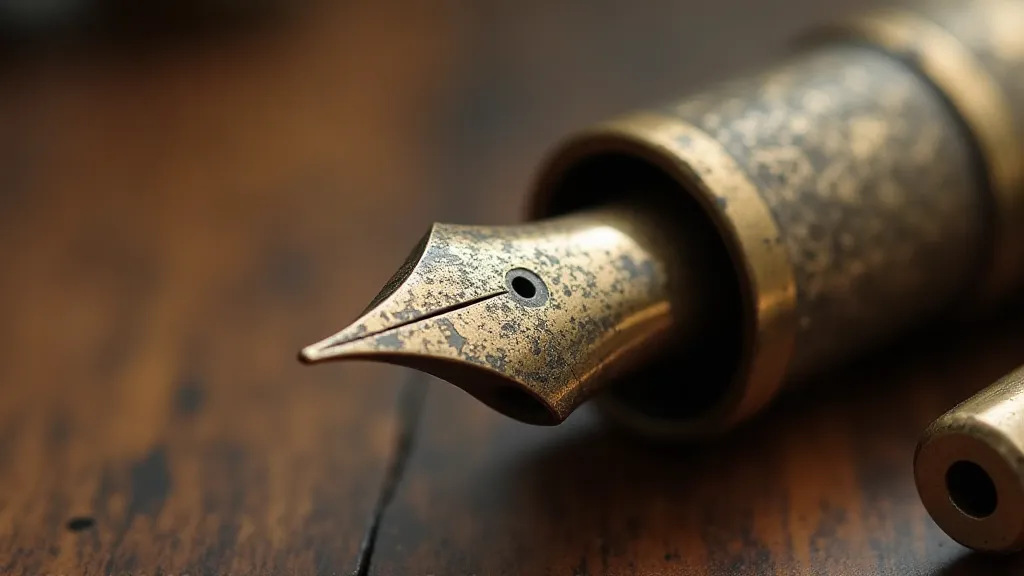
The Allure of the Past: Craftsmanship and History
The draw of vintage pens isn't just about nostalgia. It's about the sheer quality of craftsmanship. Before the rise of mass production, each pen was a testament to the skill of the artisan. Consider the intricate hand-filling mechanisms of early Parker pens, the precision-milled barrels of Waterman Ideals, or the resilient ebonite of Conway Stewart pens. These were objects built to last, intended to be cherished, and often imbued with a sense of personal significance. Today's plastic-bodied pens, while functional, simply lack that same level of soul. The materials themselves – celluloid, ebonite, amber – are often richer and more complex than those used in modern writing instruments. The very nature of these materials necessitates careful handling and proper storage to preserve their beauty and longevity; it’s a topic that’s increasingly important for those entering the world of collecting.
Think about the historical context. The pens we collect often have ties to significant events, prominent figures, and evolving social customs. A Sheaffer Lifetime from the 1930s, for instance, might have been used to sign a momentous business deal, or to pen a heartfelt letter during wartime. The stories they hold are often intertwined with larger narratives of human endeavor, loss, and triumph. The history of ink itself is inextricably linked to this era; a fascinating journey through the evolution of writing and communication, revealing how the humble ink has shaped our world. Understanding the materials and techniques used centuries ago helps us better appreciate the artistry and ingenuity of those who crafted these magnificent instruments.
The Shadow of Acquisition: Provenance and Responsibility
However, this appreciation for the past comes with a weighty responsibility. The acquisition of vintage pens, particularly those considered rare or historically significant, is not without its ethical considerations. We, as collectors and restorers, are not merely acquiring objects; we are inheriting a legacy. The question isn’t simply “Can I afford this pen?” but rather, “How was this pen acquired, and what is its history?” Ignoring that history can have profound consequences.
Provenance – the documented history of ownership – is crucial. A pen with a clear and verifiable history is far more valuable, not just monetarily, but also ethically. It allows us to trace its journey through time and to understand its significance within a broader context. Unfortunately, much of the vintage pen market operates in a gray area. Stories abound of pens surfaced from dubious sources: estates cleared under questionable circumstances, looted from conflict zones, or traded in ways that obscure their rightful ownership. The ease with which these pens can surface, and the potential for misleading information, highlights the need for thorough investigation and due diligence before making a purchase.
The rise of online auction sites and the global nature of the vintage pen market have further complicated the situation. It's far easier than ever to acquire a pen with a questionable past, simply because the seller may not have complete or accurate information. The allure of a rare find at a bargain price can be blinding, but it's essential to resist the temptation to turn a blind eye to potential red flags. The process of restoring a pen, particularly one with a troubled past, can be challenging and require a deep understanding of historical techniques and materials. It’s a testament to the dedication and craftsmanship of those who work to preserve these pieces of history.
Beyond the Nib: A Restorer’s Oath
As a pen repairer, my role extends beyond simply restoring a pen's functionality. I feel a profound obligation to respect its history and to ensure that it’s treated with the dignity it deserves. This means taking a proactive approach to provenance research whenever possible. I often spend hours researching a pen's markings, construction, and historical context, trying to piece together its story. If I have reason to believe that a pen’s provenance is suspect, I am often compelled to pass on the opportunity to acquire it, regardless of its potential value. Understanding the nuances of different ink types and their impact on a pen's internal components is crucial to ensuring a proper and lasting restoration.
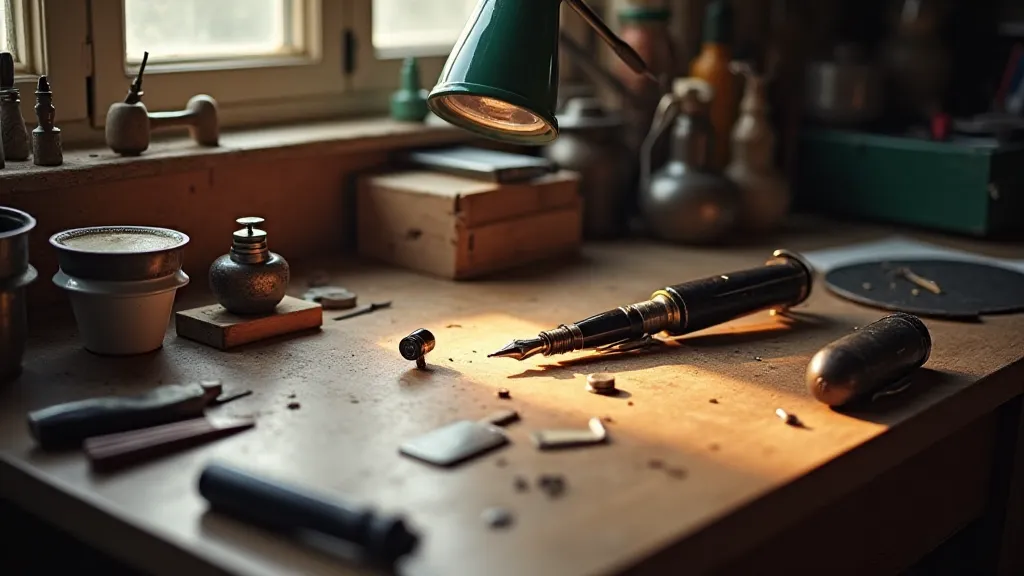
This isn’t always easy. The pursuit of rare writing instruments can be a competitive endeavor, and there’s always the temptation to cut corners in the name of profit. But ultimately, I believe that our responsibility as collectors and restorers transcends mere monetary gain. We are stewards of history, entrusted with preserving a tangible link to the past. The entire lifecycle of a vintage pen, from its creation to its eventual restoration, tells a unique story. Sometimes, delving into that narrative reveals surprising details about the pen's original owner or the events it witnessed.
The Future of Collecting: Transparency and Integrity
The vintage pen collecting community is at a pivotal moment. As the market becomes increasingly sophisticated and the demand for rare instruments grows, it’s imperative that we prioritize transparency and integrity. This means demanding greater accountability from sellers, supporting initiatives that promote ethical acquisition practices, and fostering a culture of respect for the history and significance of these remarkable objects. Discovering the echoes of previous generations through these pens – the faint scent of old paper, the subtle wear marks – is a powerful reminder of our connection to the past. For those keen to learn more about the ways in which vintage pens have influenced modern writing styles, the Inkwell's Echo offers a fascinating perspective.
Perhaps more importantly, it means educating new collectors about the importance of provenance and the potential pitfalls of the vintage pen market. Too often, newcomers are seduced by the allure of a quick score, without fully appreciating the ethical implications of their actions. The stories contained within these pens—the letters penned, the contracts signed—offer a captivating window into bygone eras. These narratives, often fragments of larger tales, inspire us to research and piece together the complete picture. By sharing our knowledge and experience, we can help to ensure that the passion for vintage pens is tempered by a sense of responsibility and respect for the past. We strive to leave no stone unturned in our pursuit of understanding.
Ultimately, the true value of a vintage pen lies not just in its beauty or its rarity, but in the stories it holds and the connection it provides to those who came before us. Let us strive to be worthy stewards of this legacy, ensuring that these remarkable instruments continue to inspire and enrich our lives for generations to come. The profound impact of ink and writing on society makes the preservation of these instruments all the more vital. Understanding the cultural significance of pens and ink is a continuous learning process.
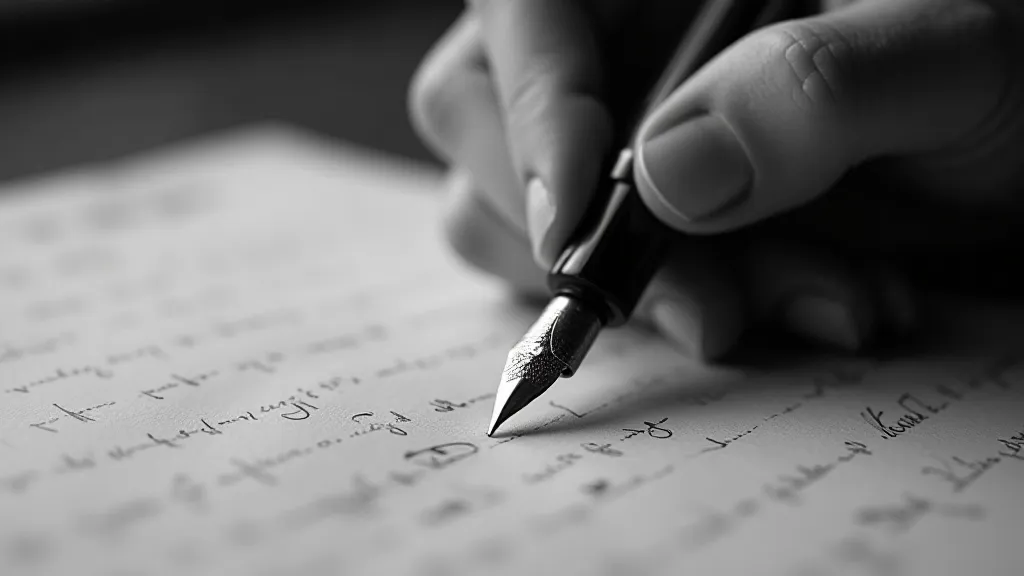
For those seeking further insight into the intricacies of pen care and storage, exploring resources like Beyond the Nib provides invaluable guidance. Furthermore, reflecting on the historical context of ink itself is a rewarding pursuit, as detailed in The Obsidian Quill. Finally, if you're considering restoring a vintage pen, you may find inspiration in The Ink's Epilogue, which delves into the transformative power of bringing these treasures back to life.
